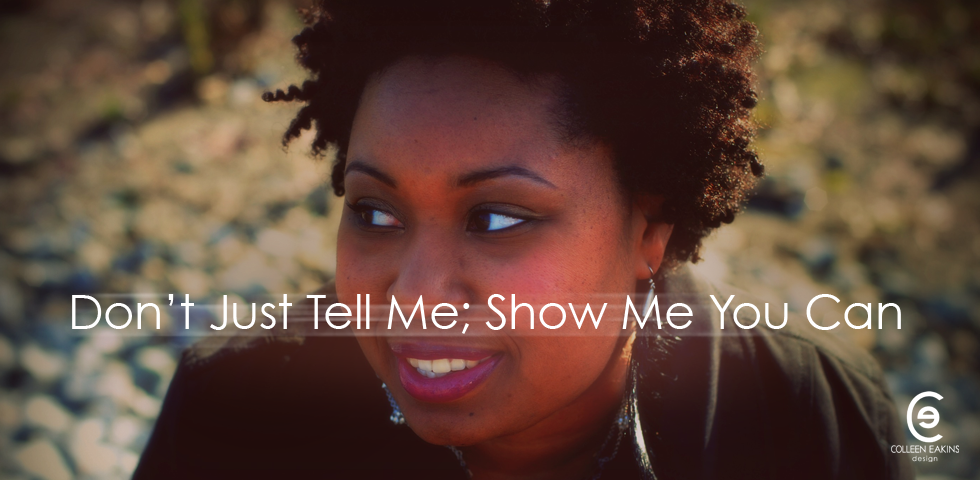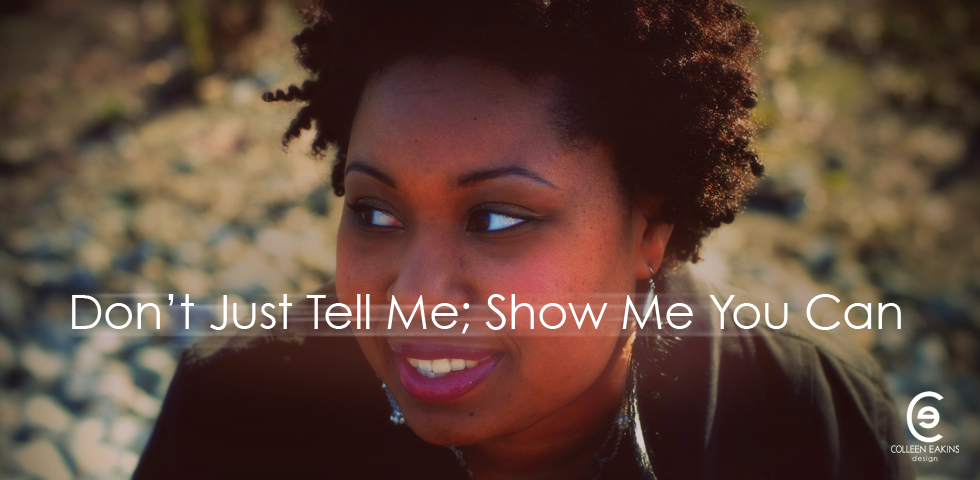Have you ever sat and watched a police officer direct traffic? Although we may become a bit impatient with them while they do their job, our part in the matter is relatively easy. All we have to do is watch and act in the way they tell us to. They on the other hand, have to pay attention to what is going on in each lane; know who needs to turn; who is going straight; and pay close enough attention to keep traffic flowing and not get hit in the process. If they do their job well, they are met with a successfully executed flow of traffic.
I feel that digital marketing is similar in this way. Customers are like the sea of cars at that busy intersection. Some are going to go straight. Some will turn left, but they are all watching and acting in the way we ask them to. As a marketer, we have to give them that direction, because if we don’t, chaos will ensue.
In order to successfully orchestrate and direct your digital marketing efforts, you first have to ask yourself what it is that you want people to do? Do you want them to sign up for your new service, buy a new product, read your blog, or join you on a social media network?
Make that your target goal and work backward. How do you get there? What digital channels do you have available to you? Take stock of each one and its specific needs. You will need to tailor your approach on each channel, according to the strategy that works for you there.
Directing with your Digital Media
It may be helpful to create a flow chart or mind map to help you visualize your strategy. You may have a mobile app, email lists, a website and a couple of social media accounts like Twitter and Instagram. Let’s just say that your goal is to create awareness and sales for a new product.
In this example, we will pretend that you have had great success in the past with give away contests on Instagram, but not on Twitter. Your email marketing efforts have seen a high click-through rate to your website, but not a lot of conversions into sales. Your mobile app allows for sales, but so far it has only been downloaded by a few customers.
You have two direct ways that the product can be purchased: your website and on your mobile app. You need to direct traffic to these two using the other channels that you have available.
Since you have established a working strategy with contests on Instagram, you can use a contest and give away to highlight your new product. Include the link to download the app in your bio. Downloading the app and creating a new account can be one way to enter.
Use your email lists to announce the contest that is being promoted on Instagram as a way to direct them and potentially follow you on that network. Use this email to make them aware that they may be missing out on something if they are not following you on Instagram.
Later, when the contest is over and the prize has been awarded, you can see if the recipient would be willing to provide feedback about the product. If it is favorable (hopefully it is) use it as a product testimonial in another email campaign promoting the product.
On your website, you can create a landing page that is dedicated only to the sale of the new product. This is the page that any links in your email marketing campaign and social media accounts should use when promoting the product directly.
Directing with your Design
Yep, you read that right! You can direct traffic with the design of the media. Our eyes naturally move from the top of a page to the bottom, and from left to right when reading. When placing elements like text and images, keep this in mind. Place the things that have the most importance or impact, in the beginning of that route. You can also use this to somewhat dictate what a viewer sees/reads first and in what order.
If you want something to catch their attention, use color. Color can help to evoke certain emotions and feelings and call attention to something. I wish I could say that there is a magic color that will make people buy all of your products, but I can’t. However, I have found that a contrasting color to the overall color scheme of the site tends to work well. Just make sure the color is not obnoxious or that your use of color is not obnoxious. Hint: It helps a lot if it is readable.
Speaking of color, I’m sure you have heard the term “white space.” Some people hate it; some people love it. I’m one that loves it. In general, I like really clean design. Design that is uncluttered and one that feels like it can breathe and not have an asthma attack. White space helps to direct traffic. Your eye is drawn to the areas that have content, when there is a lot of area or space that is empty (white space) surrounding it. It makes it easier for you to focus on what the designer, marketer, business, etc. wants you to focus on. Use this to your advantage in your design.
By utilizing the digital channels that you have, you can direct traffic to where you want it and reach the goals that you set. Once they get to where you are leading them, use your design to help further direct them to the action you want them to commit.

Colleen Eakins is a dynamic and creative individual that possess a knack for great design. With over 15 years of experience in the field of graphic design, Colleen is able to effectively brand her clients with great design pieces. Her motto is: “Anyone can make a pretty picture, but is it effective? Will it make your customer buy your product or use your services? My design tries to answer with a YES!”










